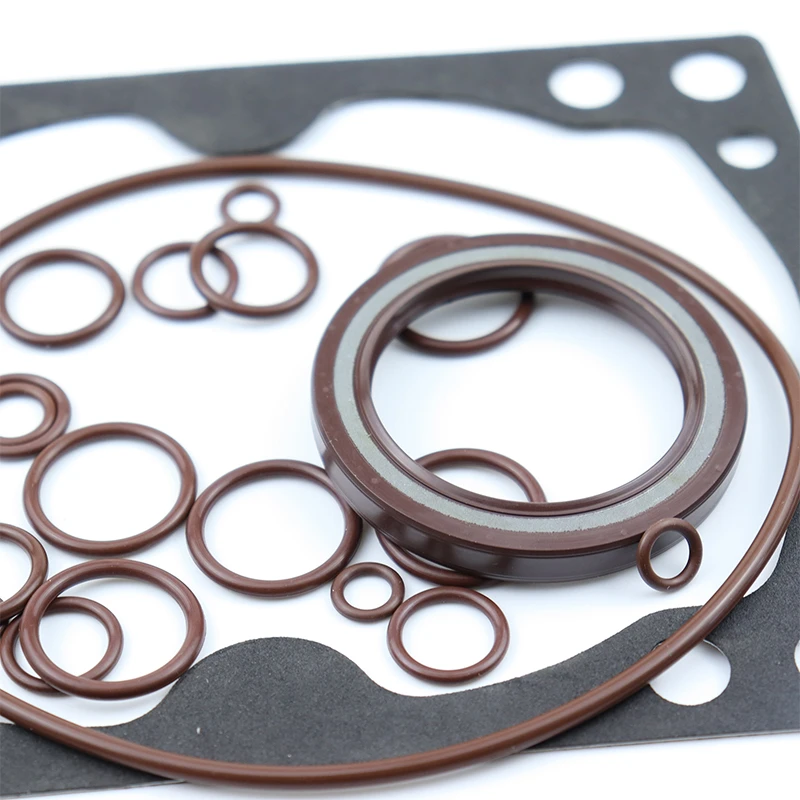Feb . 17, 2025 15:36 Back to list
Standard Hydraulic DKB Type Dustproof Wiper Oil Seal


Once the cylinder is disassembled and cleaned, meticulously examine the existing seals to identify the root cause of failure. Was it due to improper installation, material degradation, or mechanical damage? Understanding the failure mechanism is essential in preventing recurrence. After identifying the appropriate replacement seals, pay close attention to installation techniques. Ensure that seals are correctly oriented and installed without excessive force, which might damage them or create unfavorable conditions for future performance. Testing the reassembled cylinder is a crucial step in verifying the efficacy of the repairs. Apply operational pressure and monitor for any signs of leakage or performance anomalies. This ensures that all components are functioning as intended and allows for adjustments or additional repairs if necessary. Authoritative knowledge in hydraulic systems and experience with seal repairs fosters trust among clients and colleagues, setting a standard for quality and reliability in the industry. Sharing professional insights and successes in hydraulic cylinder seal repair can build a reputation as a go-to expert in the field. Additionally, keeping abreast of the latest advancements in seal technology and repair techniques can provide a competitive edge, offering clients the most effective solutions available. In conclusion, the successful repair of hydraulic cylinder seals involves a blend of experience, specialized knowledge, and strict adherence to best practices. By prioritizing seal maintenance and repairs, businesses can enhance machinery reliability, reduce operational costs, and maintain safe working environments. As technology evolves, continuous learning and adaptation will remain crucial in providing top-tier hydraulic repair services.
-
The Trans-formative Journey of Wheel Hub Oil Seals
NewsJun.06,2025
-
Graphene-Enhanced Oil Seals: Revolutionizing High-Pressure Oil Sealing
NewsJun.06,2025
-
Future of Hydraulic Sealing: Advanced Intelligent TCN Oil Seals
NewsJun.06,2025
-
Don’t Let a Broken TCV Oil Seal Ruin Your Day
NewsJun.06,2025
-
Bio-Inspired Dust Seals for Better Sealing Performance
NewsJun.06,2025
-
Biodegradable and Sustainable Hydraulic Seal Materials
NewsJun.06,2025
-
Top Oil Seal Solutions for Your Industrial Needs
NewsMay.22,2025
Products categories
















